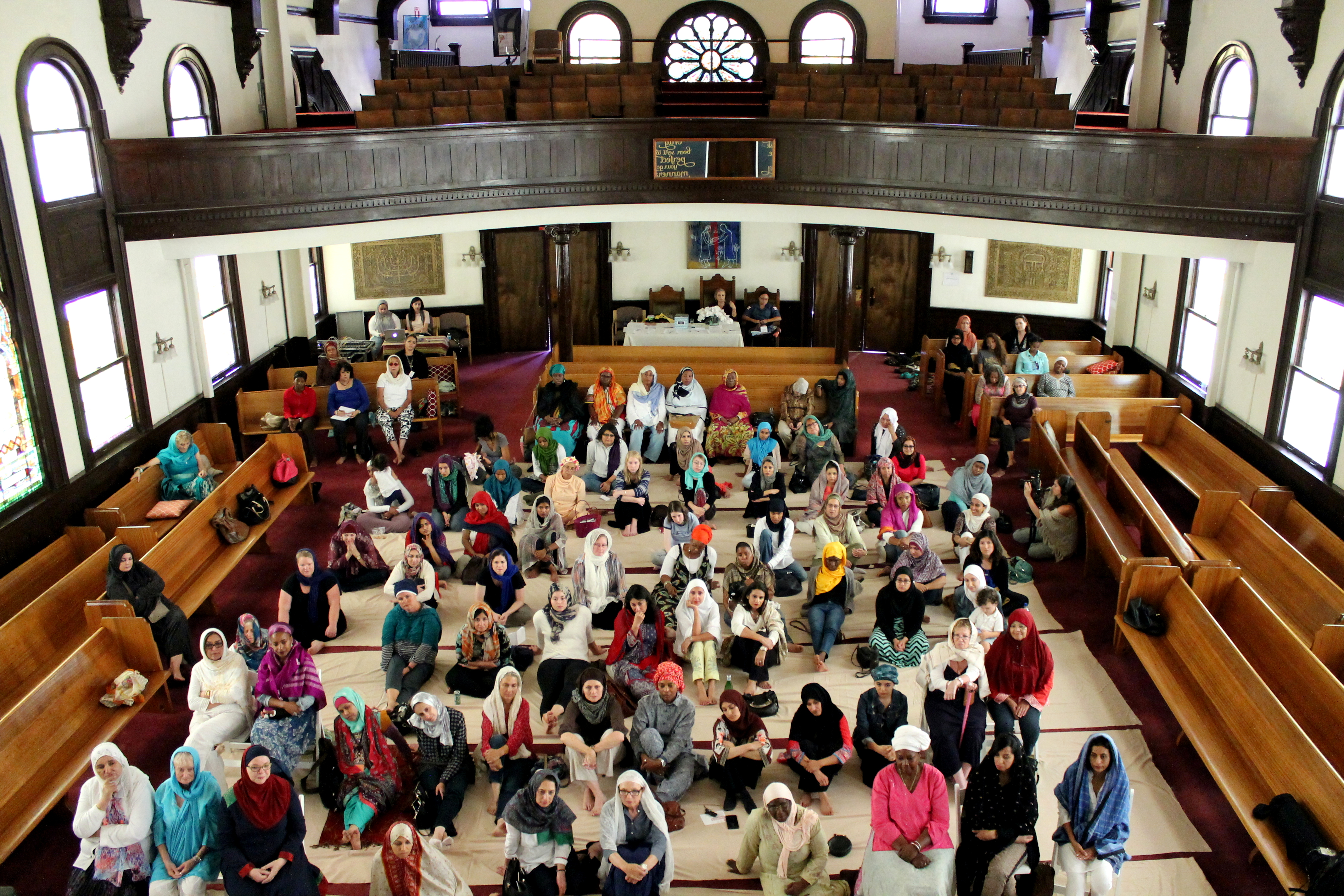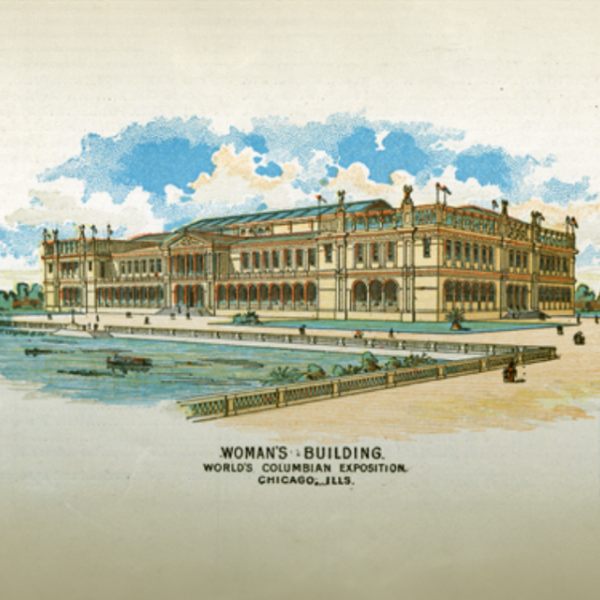Interview with Faculty Fellow Tazeen Ali
The 2015 founding of the Women’s Mosque of America (WMA) in Los Angeles gave Muslim women in the U.S. something they hadn’t had access to before: the minbar, the platform from which a sermon is given. Traditionally, weekly Muslim prayer services are led by men and are mostly attended by men. (Even in 2021, a recent Pew Research survey found that only in 21% of mosques did women represent more than a quarter of attendees.) But the foregrounding of women’s voices — and leadership — at WMA is intended to invest Muslim women with control over their own spiritual development. With her forthcoming book, scholar Tazeen Ali draws on textual analysis of WMA sermons, participant observation and ethnographic interviews with congregants and preachers at the WMA to explore the dynamism of Islam and the women who interpret it, who approach the Qur’an as a tool to resist social hierarchies, build community and empower themselves. Below, Ali, who is assistant professor in the Danforth Center on Religion and Politics and a Faculty Fellow in the Center for the Humanities, gives us an early look at “Authorizing Women: Islamic Authority at the Women’s Mosque of America.”
Briefly, what is your book about?
“Authorizing Women” is about how American Muslim women negotiate the marginalization they face in their patriarchal religious communities while also navigating the Islamophobia that is prevalent in mainstream U.S. society. Specifically, it uses the Women’s Mosque of America (WMA), a woman-only mosque in Los Angeles, to show how American Muslim women navigate both of these terrains. I analyze the WMA as a platform for Muslim women, especially lay Muslims without any formal Islamic training, to cultivate forms of authority that are based on the Qur’an, the central scriptural text for Muslims, and center women, while also speaking to the sociopolitical climate of the U.S. Overall, the book demonstrates how American Muslim women assert themselves as meaningful religious actors in the U.S. and beyond, and offers new insights on Islamic authority as it relates to the intersections of gender, religious space and national belonging.

What is the Women’s Mosque of America? What happens differently at this mosque because women are in leadership positions?
The Women’s Mosque of America is an emergent multiracial women-only mosque in Los Angeles that has been hosting monthly Friday prayer (Jummah) for Muslim and non-Muslim women, girls and boys under age 12 since January 2015. The whole congregation is female: A woman leads prayer as the imam, does the call to prayer (adhan), and delivers the sermon (khutbah).
Part of what plays out differently based on the fact that women are in leadership positions here is the content of the sermons themselves, which connect sacred scriptures to women’s lived experiences. WMA sermons range widely in topic but include sensitive subjects like sexual violence, divorce, motherhood and grief that many women feel are not addressed in other mosques. It is a mosque that appears very committed to cultivating community and also flattening the hierarchy of religious leadership. For example, after the prayer is complete, all of the congregants sit together in a circle with the imam and ask her questions about the khutbah, and then engage in a general dialogue with each other about topics related to Islam and women. WMA leaders also really lean into particular ideas of the feminine, and they see the mosque as an intimate safe space for women to share their vulnerabilities with each other.
Who are the congregants?
The WMA community is diverse in age, race, and religiosity. There is a core constituency of African American Muslim women, and Black, South Asian, white, Arab, East Asian, and Latina women also regularly attend. This racial and ethnic diversity itself is representative of the overall demographics of Muslims in America. There are also white Christian and Jewish women who come as interfaith allies.
How unique is this kind of women-centered mosque in the U.S.? In the world? What is important to understand about the specifically U.S. context of this mosque?
The WMA brands itself as the first of its kind in the U.S., and it catalyzed subsequent women-led mosque initiatives in other U.S. and European cities including in Berkeley, Chicago, Copenhagen, Berlin and Bradford. However, it is not unique or even as gender inclusive as other earlier initiatives like the El-Tawhid Juma Circle mosques in Toronto, established in 2009, and the Inclusive Mosque Initiative in London, both of which are queer-affirming gender egalitarian mosques.
The WMA also sees itself as continuous with other women-only mosques around the world in places like India and China. Significantly, the form and function of mosques have evolved over the course of Islamic history and differ across geographical region, Islamic sect and individual Muslim communities. That mosques have never been fixed in meaning in either Muslim majority or minority contexts allows us to situate the WMA within a global and historical Islamic context. So, when WMA members raise questions about the right configurations and criteria for a mosque, they are partaking in debates that have been occurring for centuries.
In terms of what is uniquely American about the WMA is the way that they reimagine mosques as gender inclusive spaces that are committed to multiracial, intra- and interfaith community, and invested in deploying scriptural teachings to work towards social justice causes in the U.S. particularly with respect to anti-Black racism and Islamophobia.
Headline image by Julissa Santana via Unsplash





